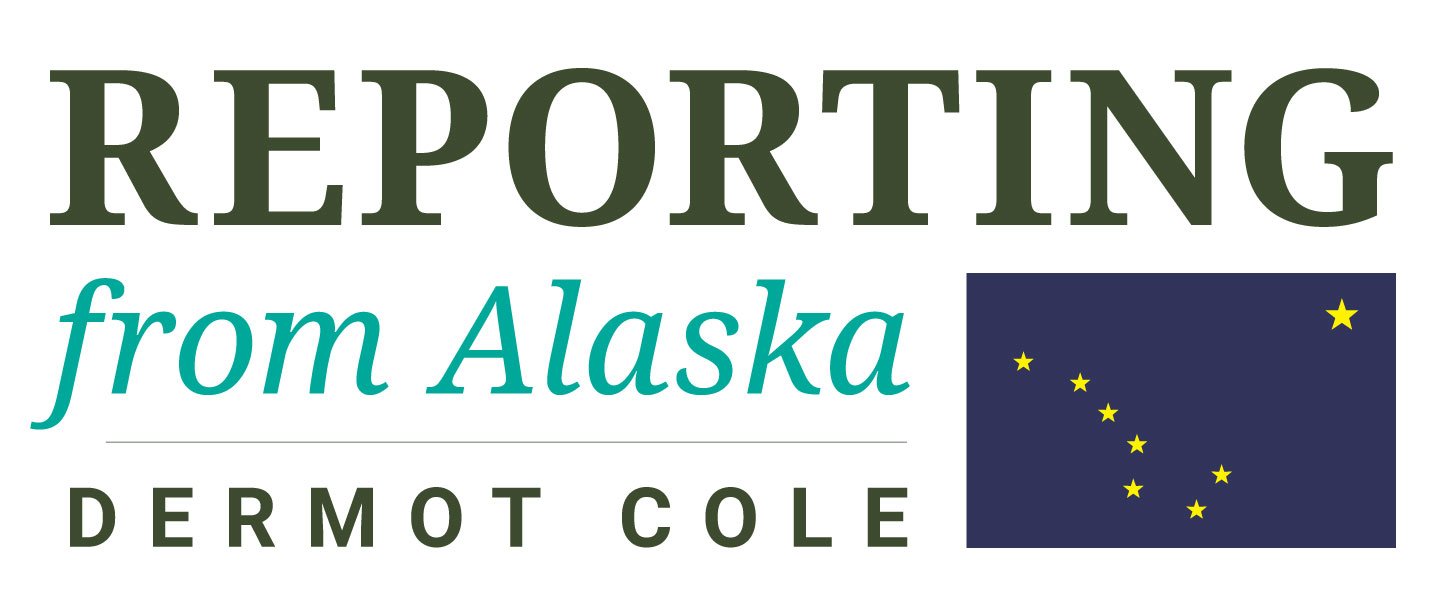Edgmon would return as House Speaker under House organization plan; Stevens to return as Senate president
Dillingham Rep. Bryce Edgmon would return as House Speaker under a tentative organization plan announced in record time Wednesday by a group featuring independents, Republicans and Democrats.
Coupled with a bipartisan coalition in the Alaska Senate with Sen. Gary Stevens as president, this move makes it likely that the 2025 Legislature will be a good deal more effective and productive than the 2023-24 version.
Edgmon has made it a central tenet of his legislative career to find ways to work across party lines. Stevens has done the same in the Senate. That both the House and Senate organized the day after the election is highly unusual. Sometimes this process takes weeks or months.
Kodiak Rep. Louise Stutes would chair the House Rules Committee, while Chuck Kopp would serve as majority leader under the proposed House agreement, the group said in a press release Wednesday afternoon.
In the Senate, Sen. Cathy Giessel would be majority leader, whjile Sen. Bill Wielechowski would lead the rules committee. Sens. Bert Stedman, Lyman Hoffman and Donny Olson would lead the Senate Finance Committee.
“Alaskans have spoken clearly and we will work together, representing residents of all regions, to stabilize public education funding, develop affordable energy, and fix Alaska’s workforce crisis,” said Edgmon, who was speaker from 2017 to 2021 under a similar multiparty coalition.
“I’m excited to be part of a coalition where we can work across party lines for the good of all Alaskans. I look forward to a very productive session,” said Stutes.
“We’ve heard loud and clear Alaskans want us to fill police vacancies, provide outstanding public schools, and grow our economy,” said Kopp.
The group identified four priorities to start with for the next two years—education, jobs and job training, a balanced budget and retirement reform.
More than half of 40 House members have already signed onto the organization, the group says. It appears that the coalition includes Democrats, the Bush caucus, some key Republicans and independents.
“Additional legislators supportive of these principles are welcome to join the majority. Some elections remain too close to call and full committee membership will be announced after all ballots have been counted,” the press release said.
Giessel told the Anchorage Daily News that bipartisan coalitions show cohesiveness and a desire to get things done.
*Seven companies applied in August for the Dunleavy administration’s proposed $9 million public relations contract. The state canceled the RFP for reasons that are not clear.
The Dunleavy administration says that under state law it cannot release the list of applicants for the new RFP until after a decision to award a contract is announced. That is now expected in early December.
Proposals for the new RFP, which are to include a campaign to push Alaska as an ideal location for data centers, were due Monday.
If other companies entered proposals and one of them gets the contract from the state, there will be reason to question whether this was politically motivated.
State law says “the proposals are open for public inspection after the notice of intent to award a contract is issued under AS 36.30.365.” In other words, after the state picks a company for the job, the list of competitors will be released.
The applicants responding to the August RFP were:
Angry Apples Marketing
Bernholz and Graham Inc dba Thompson & Co. Public Relations
Birdsall Voss & Associates Inc.
Black Rock Group
Brilliant Media Strategies Alaska, Inc.
MSI Communications
Yuit Communications, LLC
Historian Heather Cox Richardson, as usual, provided a first-rate analysis of the national election on the day after. On Wednesday, she wrote, in part:
Pundits today have spent time dissecting the election results, many trying to find the one tweak that would have changed the outcome, and suggesting sweeping solutions to the Democrats’ obvious inability to attract voters. There is no doubt that a key factor in voters’ swing to Trump is that they associated the inflation of the post-pandemic months with Biden and turned the incumbents out, a phenomenon seen all over the world.
There is also no doubt that both racism and sexism played an important role in Harris’s defeat.
But my own conclusion is that both of those things were amplified by the flood of disinformation that has plagued the U.S. for years now. Russian political theorists called the construction of a virtual political reality through modern media “political technology.” They developed several techniques in this approach to politics, but the key was creating a false narrative in order to control public debate. These techniques perverted democracy, turning it from the concept of voters choosing their leaders into the concept of voters rubber-stamping the leaders they had been manipulated into backing.
In the U.S., pervasive right-wing media, from the Fox News Channel through right-wing podcasts and YouTube channels run by influencers, have permitted Trump and right-wing influencers to portray the booming economy as “failing” and to run away from the hugely unpopular Project 2025. They allowed MAGA Republicans to portray a dramatically falling crime rate as a crime wave and immigration as an invasion. They also shielded its audience from the many statements of Trump’s former staff that he is unfit for office, and even that his chief of staff General John Kelly considers him a fascist and noted that he admires German Nazi dictator Adolf Hitler.
